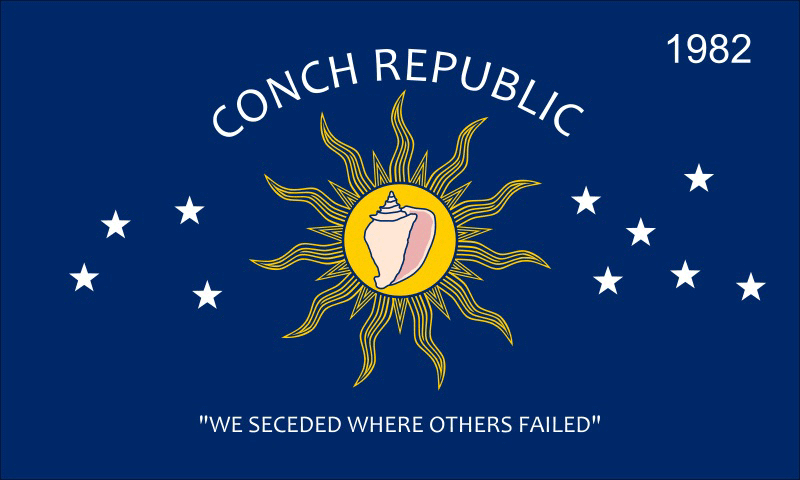A Strategic Naval Port
Shortly after the war of 1812, work on two major fortifications in the Florida straits was begun. With the existence of these two forts, Fort Taylor of Key West and Fort Jefferson in the Dry Tortugas, the U.S. held a strategic advantage by gaining a stronghold over the gateway to the Gulf of Mexico and Central America. Key West itself, had been labeled the Gibralter of the Gulf.Ft. Taylor was instrumental in the stoppage of confederate shipping during the Civil War. Although Key West was a Southern port, it was held throughout the war by the Union and harbored close to 300 captured Rebel sailing vessels. It has been theorized that if the South had taken Key West, an endeavor that would not have proved terribly difficult with the involvement of the Key's citizens, a Confederate victory might have been probable.
The twin Martello towers were erected in 1862 as additional fortifications to protect the island, but their construction was considered obsolete before the project was completed.
With the sinking of the U.S. battleship Maine and the rising of the Spanish-American War, in 1898, the entire Atlantic fleet was stationed here for a short period of time. This flotilla was utilized to blockade Cuba.
The naval station in Key West became a base for destroyers, submarines and converted yachts. Over 321 million dollars was spent on construction here, and the Navy assumed control of Trumbo Island, now Trumbo Point. Boca Chica became occupied by the Navy for training flyers, and also by the Army for stationing bombers. During World War II this brought a steady flow of servicemen by the thousands, to the streets of Key West.
